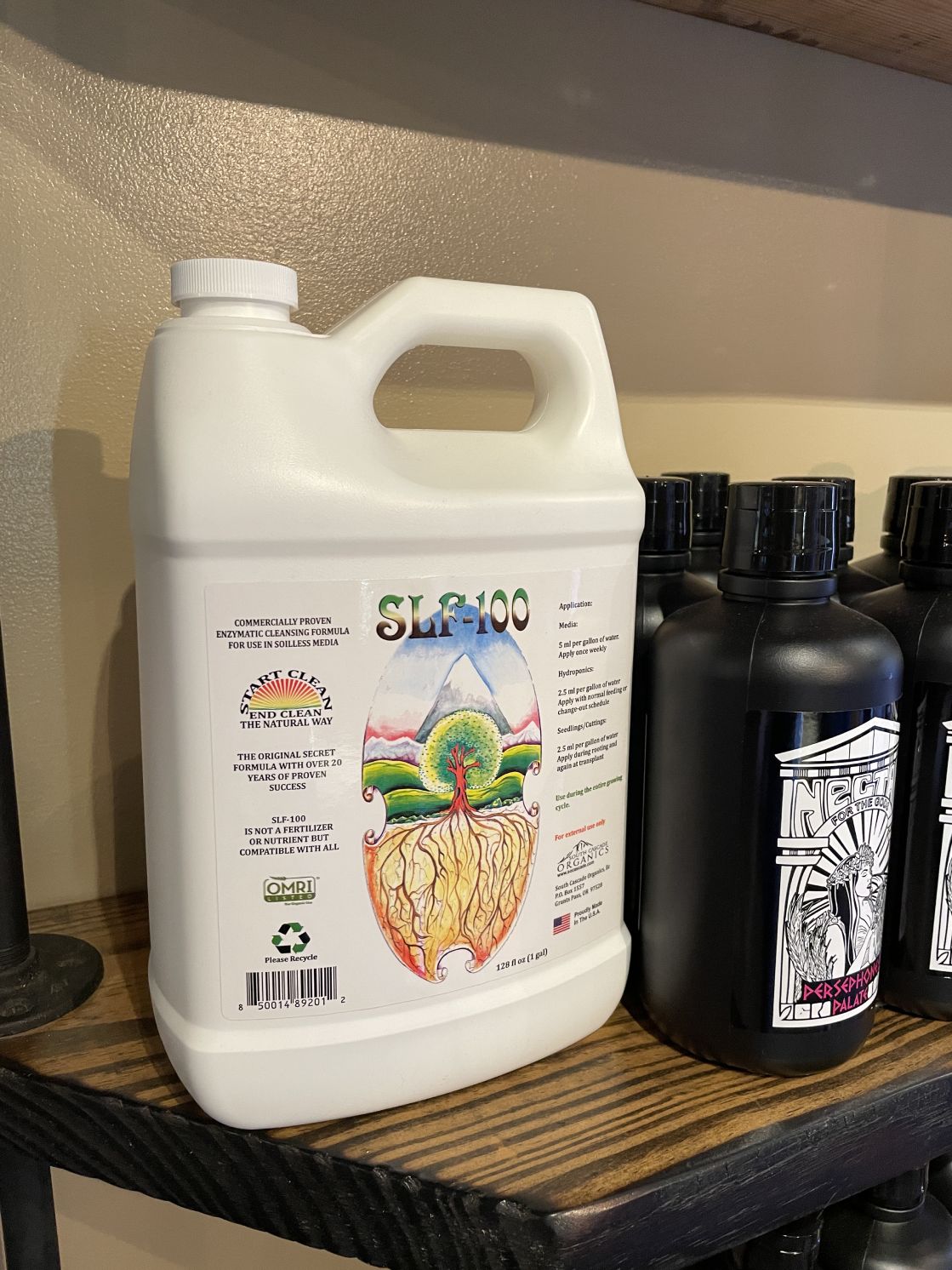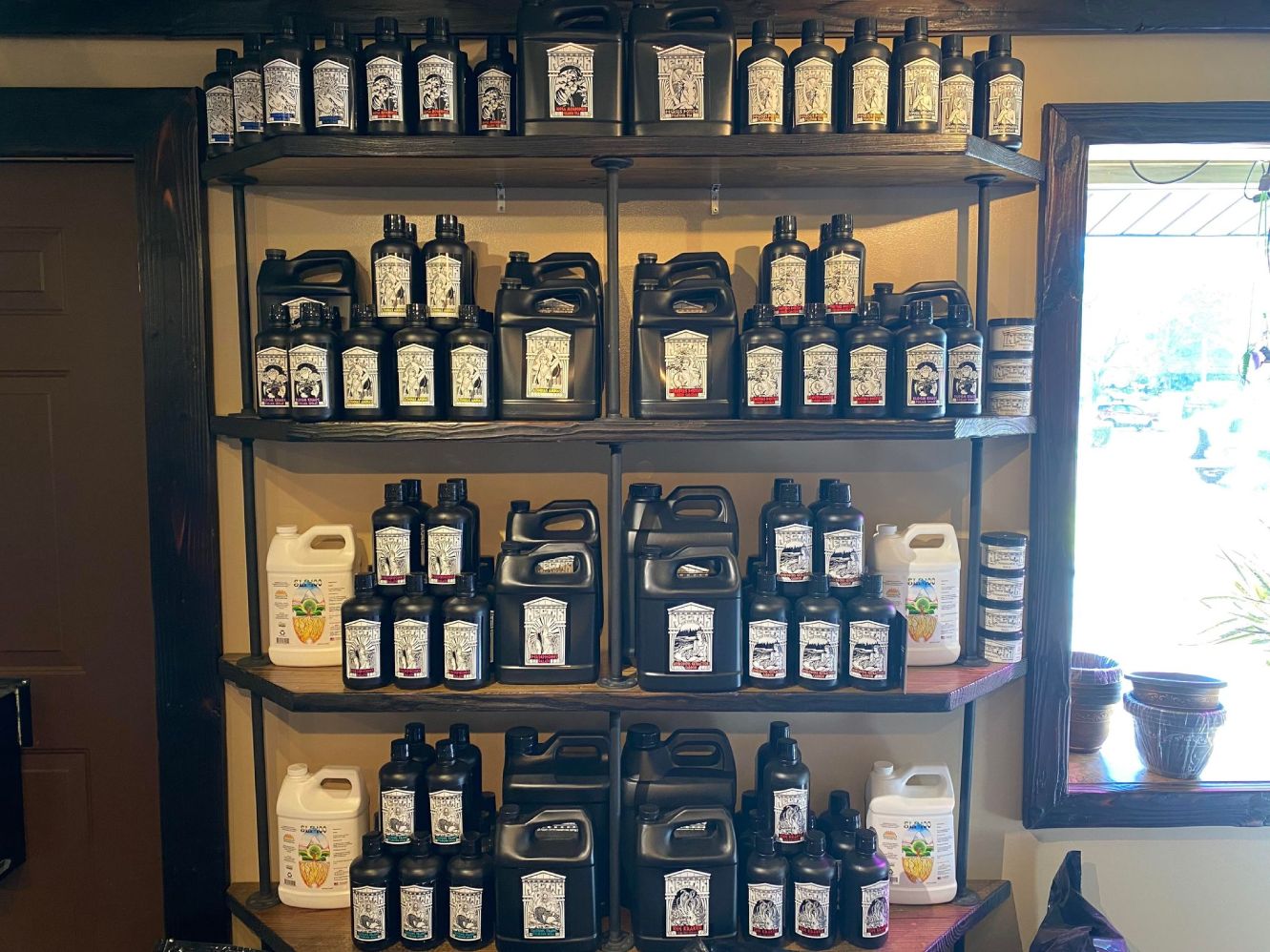The Indoor Earthworm Means: A Game-Changer in Growing Techniques
Wiki Article
Unlocking the Prospective of Hydroponics: Comprehending Its Uses and Various Types
Hydroponics, a method of cultivating plants without dirt, has garnered boosting attention for its prospective to revolutionize farming and horticulture practices. As we navigate via the intricate landscape of hydroponic systems and techniques, it becomes apparent that each strategy holds distinctive benefits and limitations.Advantages of Hydroponic Equipments

Another benefit of hydroponic systems is the capacity to grow plants in a smaller space. Hydroponic systems reduce the threat of soil-borne diseases and insects, as there is no dirt to nurture these hazards.
Common Makes Use Of in Agriculture

Offered the reliable water conservation and space-saving advantages of hydroponic systems, it appears that these cutting-edge farming methods have actually found usual usages in numerous sectors of farming. In standard agriculture, soil-based farming can be land-consuming and labor-intensive. Hydroponics provides a service by allowing crops to be grown without soil, minimizing water use by approximately 90% contrasted to conventional farming methods. This makes hydroponics specifically appropriate for regions encountering water shortage or limited cultivable land. The controlled atmosphere of hydroponic systems makes it possible for year-round growing, supplying a consistent supply of fresh fruit and vegetables regardless of outside weather problems.
Hydroponics is frequently made use of for expanding a range of plants, including leafed environment-friendlies, tomatoes, cucumbers, natural herbs, strawberries, and peppers. Its convenience extends to vertical farming, urban agriculture, and greenhouse production. Additionally, hydroponic systems are used in study and academic settings to examine plant nourishment, farming, and development techniques. The flexibility and efficiency of hydroponics make it a valuable tool in contemporary farming, attending to the difficulties of sustainability, food security, and resource optimization.
Exploring Different Hydroponic Techniques
What are the various innovative techniques made use of in hydroponics to improve plant cultivation efficiency and generate? Hydroponic systems use an array of techniques that accommodate different plant kinds and farming goals. One preferred method is the Deep Water Culture (DWC) system, where plant origins are submerged in a nutrient solution, providing adequate oxygen and nutrients. One more extensively made use of approach is the Nutrient Movie Strategy (NFT), which includes a superficial stream of nutrient remedy streaming over the plant origins, advertising water and nutrient uptake. Furthermore, the Ebb and Circulation system, additionally called the Flooding and Drain system, intermittently floodings the plant roots with nutrient remedy, permitting oxygenation during draining pipes durations. Aeroponics is another sophisticated method that entails misting plant roots with a nutrient option, optimizing oxygen absorption and nutrient uptake. Each of these techniques showcases the versatility and efficiency of hydroponic systems in boosting crop development and return.Comparing Various Hydroponic Equipments
Checking out the performance and yield enhancement methods go right here in hydroponics leads us to compare different hydroponic systems available for crop cultivation. Each hydroponic system has its special attributes, benefits, and constraints, making it vital for cultivators to select one of the most ideal system based upon their certain requirements and restrictions.Among one of the most common hydroponic systems is the nutrient movie strategy (NFT), where a slim movie of nutrient service continuously moves over the plant origins. This system is valued for its water effectiveness and suitability for expanding leafy eco-friendlies and natural herbs. In contrast, the deep water society (DWC) system immerses plant roots straight right into the nutrient service, offering enough oxygen and nutrients. The DWC system is relatively basic and cost-effective, making it a popular choice for newbies.
One more popular hydroponic system is the ups and downs (or flooding and drainpipe) system, which occasionally floodings the plant roots with nutrient remedy prior to draining it. This cyclic process makes sure correct aeration for the roots while supplying nutrients effectively. Additionally, the aeroponic system suspends plant roots in the air and hazes them with a nutrient remedy, promoting fast growth and high oxygenation levels. Growers seeking a flexible system that minimizes water use usually select aeroponics. By understanding the distinctions between these hydroponic systems, cultivators can make enlightened choices to make best use of plant yield and quality.
Developments in Hydroponic Innovation
With improvements in hydroponic modern technology, the farming market is seeing a change towards extra effective and lasting cultivation approaches. Advancements in hydroponic innovation are changing the means plants are grown by making best use of yields, preserving resources, and minimizing environmental influence. One key development is the advancement of clever hydroponic systems that use sensors and automation to keep track of and readjust environmental websites conditions such as pH degrees, nutrient focus, and light exposure in real-time. These systems allow exact control over growing conditions, causing optimal plant development and higher crop yields.Another noteworthy advancement is the assimilation of vertical farming methods with hydroponic systems, enabling the growing of plants in piled layers. This vertical approach makes the most of room use, making it suitable for city environments where land accessibility is limited - The Indoor Earthworm. Furthermore, using innovative LED lights systems customized to certain plant demands has actually boosted energy efficiency and enhanced growth prices in hydroponic setups
Advancements like these are driving the advancement of hydroponics, making it a lasting and extremely appealing alternative for contemporary farming.
Verdict
In final thought, hydroponics uses many advantages in agriculture and has various techniques and systems that can be utilized to optimize its capacity. Developments in hydroponic technology remain to enhance efficiency and sustainability in food production. By recognizing the usages and different sorts of hydroponic systems, farmers and growers can open the complete potential of this cutting-edge approach of expanding plants without dirt.Furthermore, hydroponic systems enable for much better control over nutrient degrees, pH balance, and environmental problems, leading to healthier plants and higher returns.

Report this wiki page